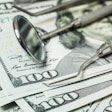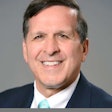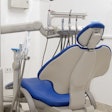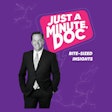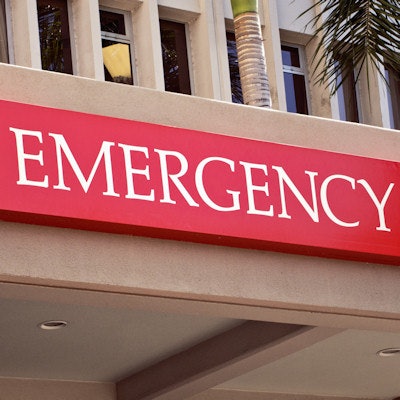
An increasing number of Americans are relying on the emergency department (ED) for oral healthcare. From 1997 to 2007, the use of EDs to treat caries, periodontitis, and other conditions increased annually by 4%, according to data published June 24 in the Journal of the American Dental Association.
The study authors sought to describe spending on ED visits due to nontraumatic dental conditions (NDTCs) in the U.S., quantifying changes in spending and related factors. Spending estimates for ED visits due to nontraumatic dental conditions were analyzed from 1996 through 2016. Estimates about the factors affecting changes were analyzed from 1996 to 2013.
Nontraumatic dental conditions included caries, periodontitis, edentulism, and other oral health disorders. Estimates were calculated considering age, sex, and type of payer (public, private, or out of pocket). Estimates were adjusted for inflation and expressed in 2016 U.S. dollars. Population, aging, prevalence of oral disorders, service use, and service price and intensity were considered.
The total change in spending from 1996 through 2016 was $540 million, a 216% increase. The drivers of changes in spending were price and intensity ($360 million), service use ($220 million), and population size ($68 million). This increase was primarily found in adults and paid through the public sector.
"The increase in spending reported, especially public spending, with ED-based treatment of NTDCs is an issue of concern because it represents temporary, ineffective care," wrote the study authors, led by Dr. Fernando Neves Hugo of the Federal University of Rio Grande do Sul in Brazil.
Study results indicate that ED care to treat nontraumatic dental conditions is becoming increasingly expensive with no signs of stability and is being used more frequently. Previous studies have found that, on average, treating a patient for dental pain in an ED costs four times more than treatment in a dental office.
Since 1986, it has been required that all patients who enter an ED receive at least the minimum care necessary, regardless of their ability to pay. In this setting, the use of EDs for dental care is reflective of the lack of access to other healthcare resources that would be more beneficial to patients. Many patients seek treatment at an ED as one of the few healthcare alternatives accessible to them.
"These findings have implications for oral health care provision, especially that financed via the public sector, considering that prior evidence supports that most ED dental visits could be diverted to nonurgent or semiurgent, less expensive, and more effective, oral health care," the study authors concluded.















